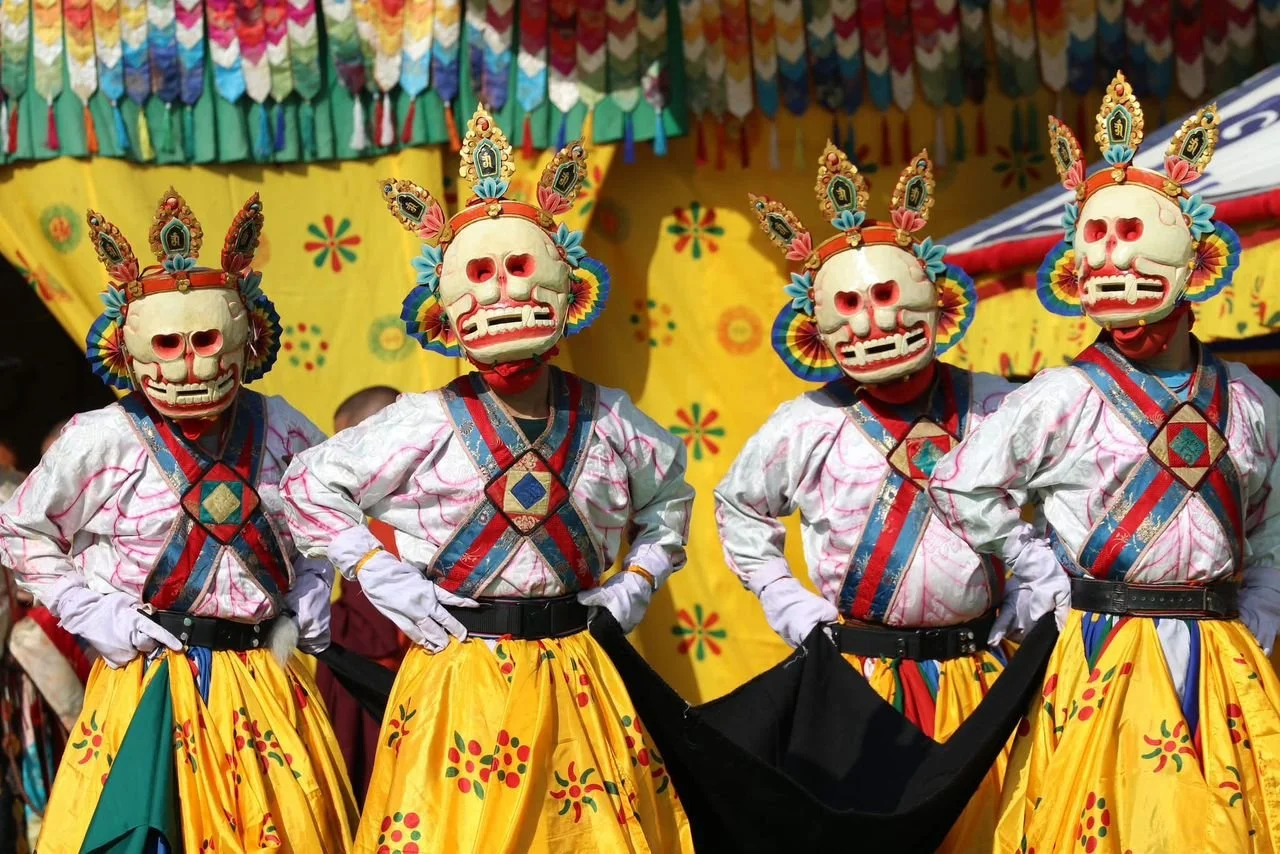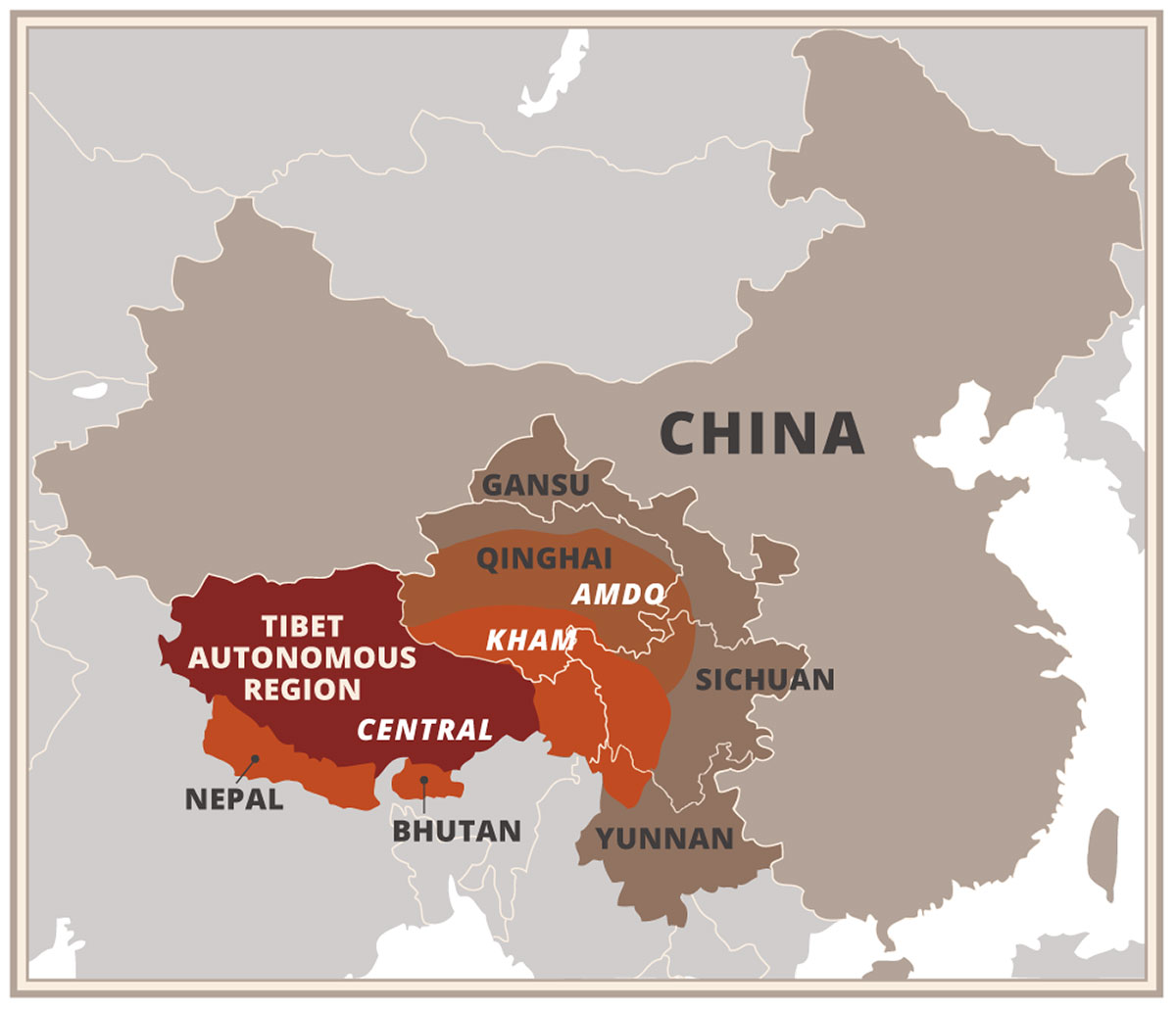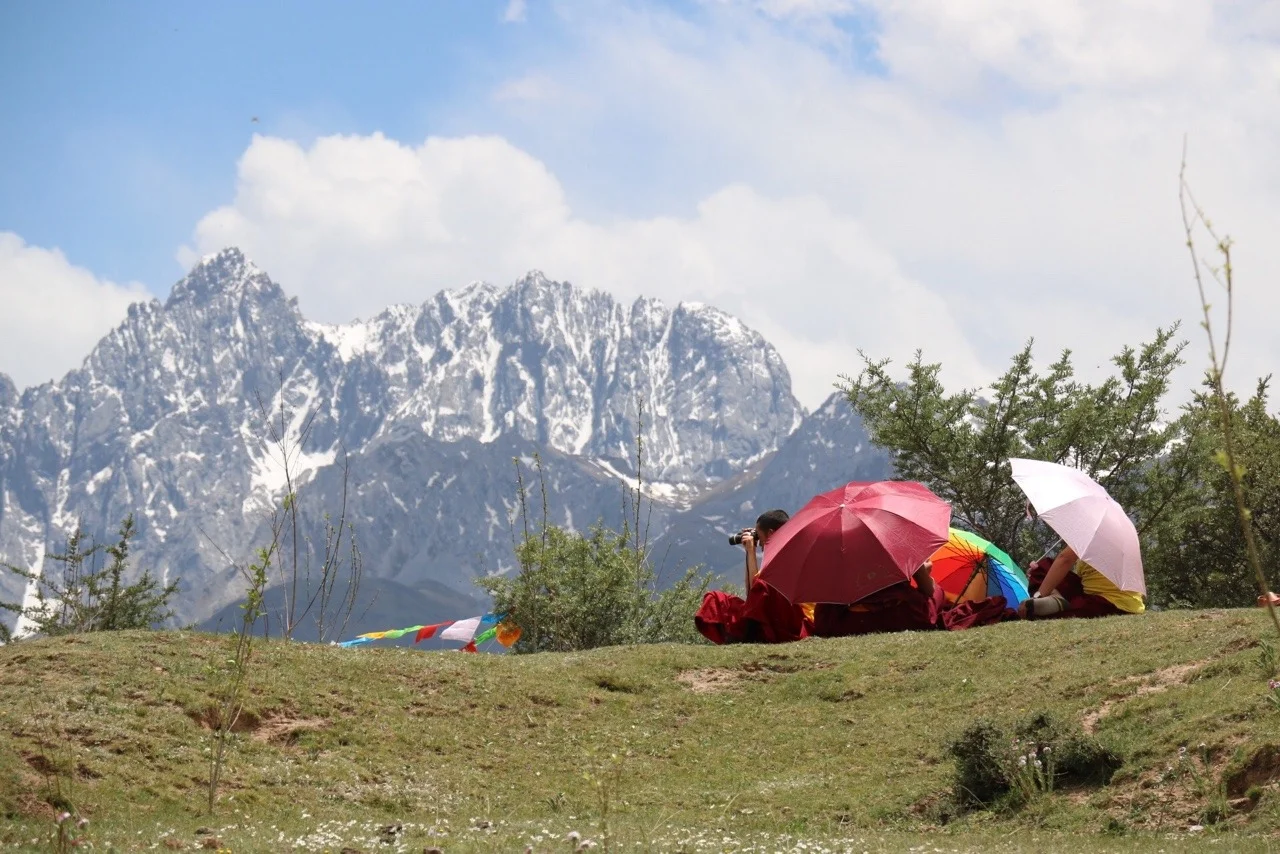As 2017 draws to a close in just a couple of weeks, we're taking a moment to celebrate what we've achieved this year and looking forward to what's already on the agenda for 2018 and beyond.
Beyond The Clouds
This year our Beyond The Clouds director, Fionna Heiton, took a month out of the office to explore the Kham and Amdo regions of eastern Tibet with her twin children. The journey was part of Beyond The Cloud's expansion into running tours in Tibet now, alongside our ever-popular options in Nepal and Bhutan. You can check out her previous blog posts about her journey for some travel inspiration here.
We also added a new staff member to our team in the office in Nelson: Becky Carruthers, who's spent the last four years living on and off in Tibet and the Himalayas, and has come home to put her knowledge and skills to work at Beyond The Clouds. Becky volunteered with First Steps Himalaya in Nepal in 2011, and is excited to be a part of the office team now.
This year we've run 15 tours across the Himalayas, 3 of which have been our famous yoga journeys. Bhutan was our top country for 2017, with Nepal coming in second, and newcomer Tibet at the end. Let's see which country will be the top of 2018!
First Steps Himalaya
Our charity, First Steps Himalaya, has also been achieving great things in 2017: we had a busy season of volunteers at our project site in Nepal helping to build earth-bag classrooms in the local village, aiding the transition from temporary learning centres that they have been in since the earthquake of 2015.
Volunteers came from all over the world to help build two earth-bag classrooms at Dyali school, which are now nearly complete. We would like to give a huge thank you to Court Construction, who raised over NZ$70,000 to build these classrooms and also returned to Nepal to help with the build.
As well as builders, we also had several international teaching volunteers dedicate their time to developing our teachers in Nepal this season by providing some amazing training on classroom management, use of resources, encouraging oral language and introducing new games and songs.
We had another important campaign running in 2017: this year we fundraised for a very special project, to get Sita, her child and her husband who was paralysed in the 2015 Nepal earthquake out of the tin shelter they were living in, and into a wheelchair friendly home. We are very excited to announce that the $25,000 target was exceeded, and Sita and her family's new home will soon be completed. Thank you to Katey Lane for initiating The Sita Project and working hard to fundraise, and thank you to everyone who donated.
Due to the success of this project, and the great need of other disabled people living in sub-standard conditions due to the 2015 Nepal earthquake, we will be keeping this project running to help others in similar situations. We will keep you posted on the next recipients of this fund. If you would like to donate, please contact us here.
What's next?
In 2018, we've already got over 10 tours running to Bhutan, Nepal, and Tibet again. These tours include treks, yoga journeys, and festival experiences in some of the most remote parts of the world. The Himalayas are an incredible destination, and we're sure that our guests will have an experience they'll never forget.
We're already planning yoga journeys to take off in 2019, too! You can check out our web pages for our Nepal and Bhutan yoga journeys on our website.
In 2018, Fionna will be returning to Nepal and Bhutan to continue overseeing the work of First Steps Himalaya and Beyond The Clouds in both countries, ensuring that - with your help - we can most effectively benefit the communities we work with.
We're excited for 2018, and excited to take you with us.
Merry Christmas and Happy New Year
From the team at Beyond The Clouds & First Steps Himalaya, Nepal and New Zealand.














































